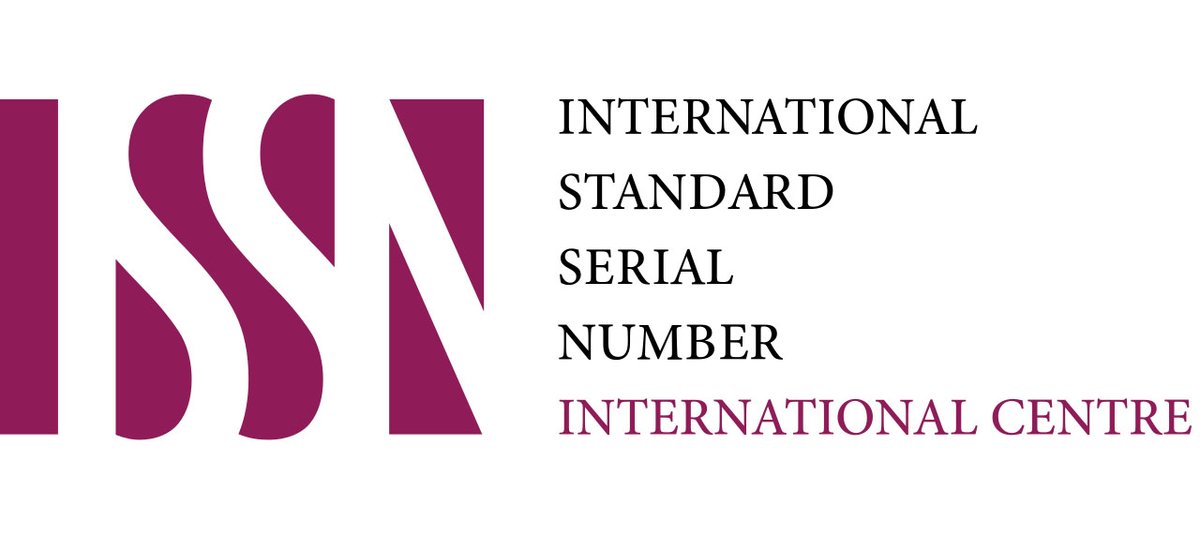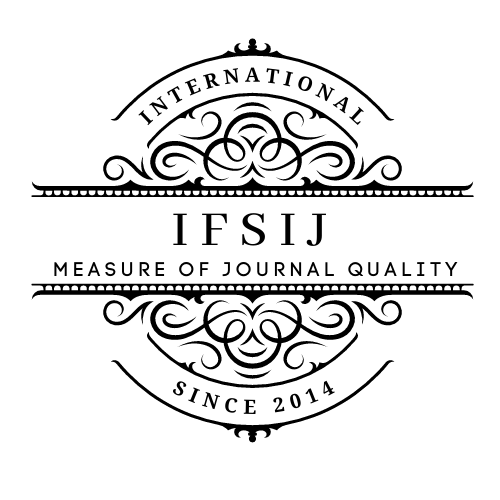BASIC CATEGORIES, CONCEPTUAL APPARATUS AND PROBLEMS OF COLOR LINGUISTICS AS A UNIQUE LINGUISTIC PARADIGM
Keywords:
Linguistics of color, color studies, color notations, teaching foreign languages, linguacultural approach, Spanish language, language and culture, intercultural communication, language competenceAbstract
The article describes the initial provisions of color linguistics as a scientific direction in modern linguistics based on the analysis of the lexical class of color designations in the Spanish language in comparison with the lexical class of color designations in the Russian language. Both the tradition of color studies in linguistics and the current state of linguistic research in this area are described. The article examines global problems of the relationship between the real world, consciousness and the ontology of language in linguistic, socio- and psycholinguistic, as well as in cultural aspects. The study allowed us to take a new look at language as a phenomenal phenomenon in human society. This article undertakes a comparative analysis of color designations in Russian and Polish. A distinctive feature of the analysis is that it was carried out on the material of closely related languages (on the productivity of such an approach, see, for example). At the same time, domestic linguistics is characterized by monolingual or polylingual studies, when a large number of languages, moreover, from different language families, are involved in the orbit of study - often within the framework of a psycholinguistic experiment.
Downloads
Published
Issue
Section
License

This work is licensed under a Creative Commons Attribution-NonCommercial-NoDerivatives 4.0 International License.















